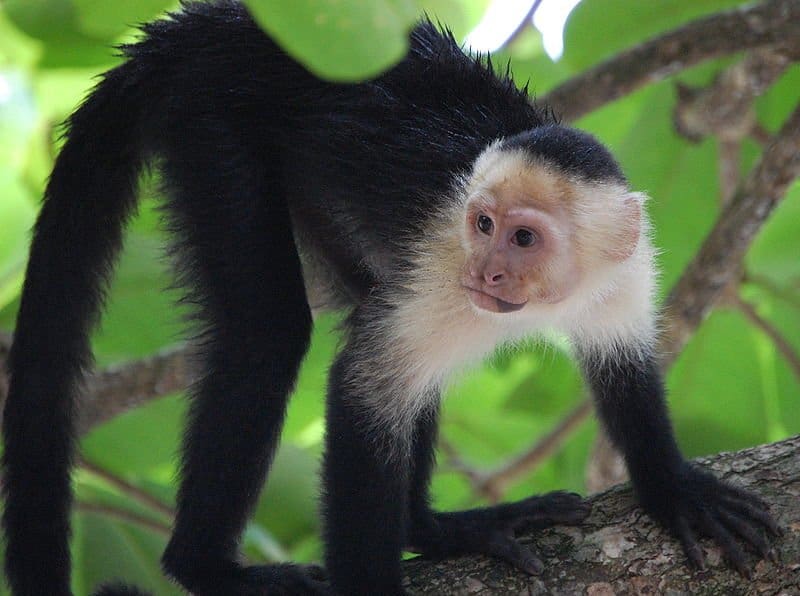
The post Alloparenting: Why Animals Raise Babies That Aren’t Their Own appeared first on A-Z Animals.
The animal kingdom mirrors our own in many ways, like how animals care for their young. Just as humans hire babysitters or rely on grandparents and friends to watch their kids, animals also care for young that are not their own. This behavior is called alloparenting, and many species practice it for reasons like survival, efficiency, and strengthening social bonds within the group.
What is Alloparenting?
If you’ve ever heard, “It takes a village to raise children,” then you already know about alloparenting. An alloparent is officially defined as “an individual other than the biological parent of an offspring that performs the functions of a parent.”
Many animals practice alloparenting, including primates, fish, and birds. Reports have documented alloparenting in over 120 mammalian and 150 avian species. Find a few examples below.
Primates

Capuchin monkeys will allonurse other young capuchins.
©Steven G. Johnson / Creative Commons – Original
White-faced capuchin monkeys may engage in allonursing, where a female feeds an infant that is not her own. In the wild, capuchins travel with all the young in the center of the group for protection while the females forage. When the mother doesn’t come back right away, a capuchin infant might, in some cases, seek out another mother to feed from. In one study of capuchins over a two-year period, all the females nursed infants that were not their own. This doesn’t mean that all female capuchins allonurse, but it is a very common behavior.
Ring-tailed lemurs also participate in alloparenting, with individuals from various age groups and both sexes helping care for the young. This allows the mothers to rest, much like babysitters do for human mothers.
Vervet monkeys alloparent to conserve the mother’s time and energy, and to give alloparents maternal experience before they give birth themselves. Research found that mother vervet monkeys were able to spend more time away from their baby, and it helped the juvenile monkeys to gain experience and have a better chance of raising their own infants one day.
Macaques engage in alloparenting as well. Barbary macaques in particular frequently interact with infants that are not their own to help socialize the young and maintain social bonds.
Francois’ langurs will alloparent to allow mothers to go out and forage while their infants are being cared for, and to strengthen the group’s social bonds.
Other Mammals
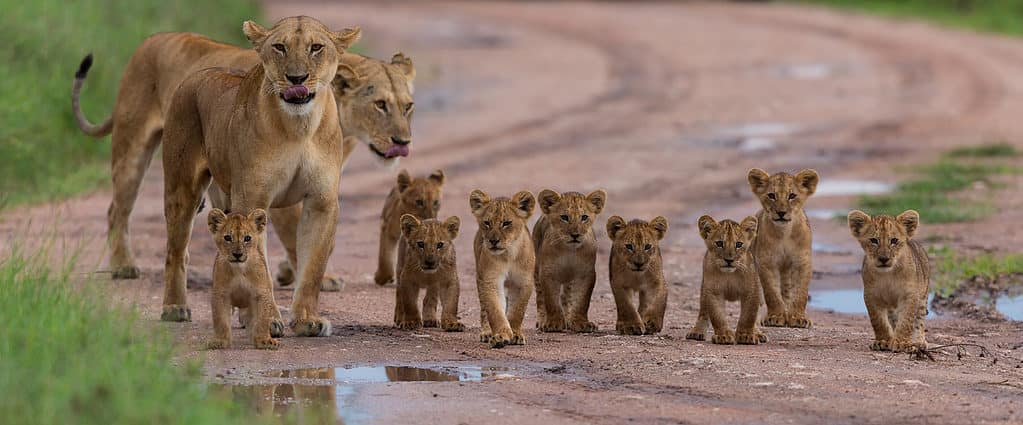
Lionesses will protect the cubs in their pride from predators, including aggressive males.
©Kirill Dorofeev/Shutterstock.com
Much like capuchin monkeys, capybaras will engage in allonursing with young that are not their own. Studies have shown that female capybaras commonly nurse all the young in their group, regardless of biological relation.
Lions will allonurse too. Lionesses in a pride often synchronize their births and will care for and allonurse each other’s cubs. They work together to protect all the young in the pride, especially from outside predators and aggressive male lions.
African elephants have been known to act as allomothers. Although a young calf spends a lot of time with its biological mother, it is also cared for by allomothers, who are often young female relatives of the calf, such as a sister or cousin.
Fish
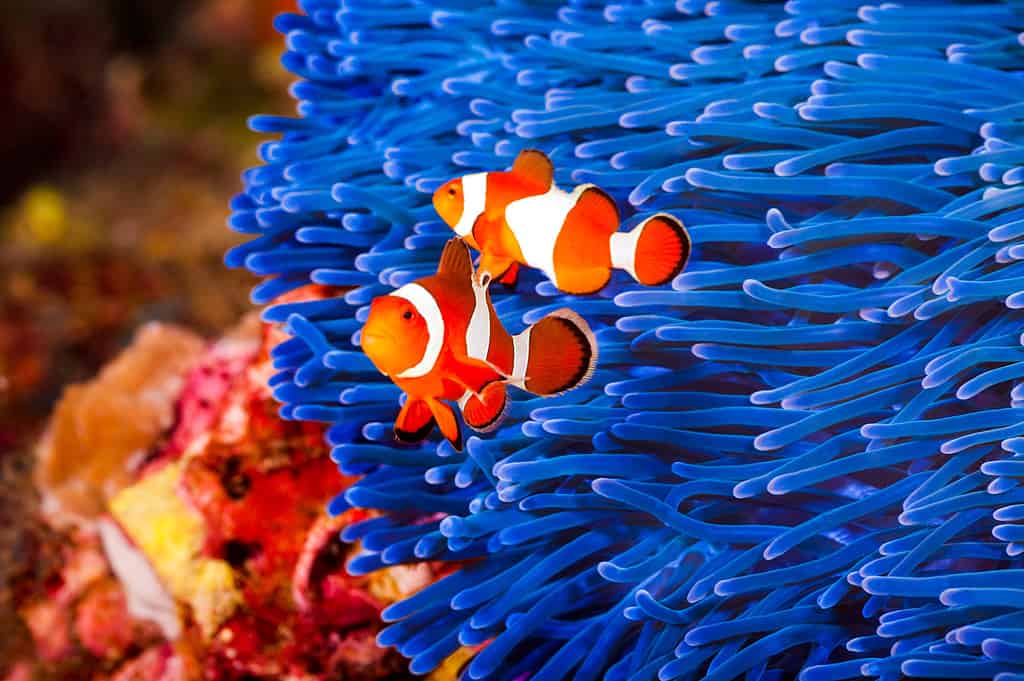
Male clownfish will step up and raise eggs not related to them.
©iStock.com/Aneese
Fish also exhibit alloparenting behaviors. Research has shown that in some cases, when biological parents are removed, male clownfish may care for eggs regardless of paternity or kinship.
Cichlids are another example of a species that engages in alloparenting. In these fish, subordinate females care for the offspring of a dominant pair to learn how to care for young. Studies have found that subordinate female cichlids who provide alloparental care are more likely to achieve reproductive success.
Birds
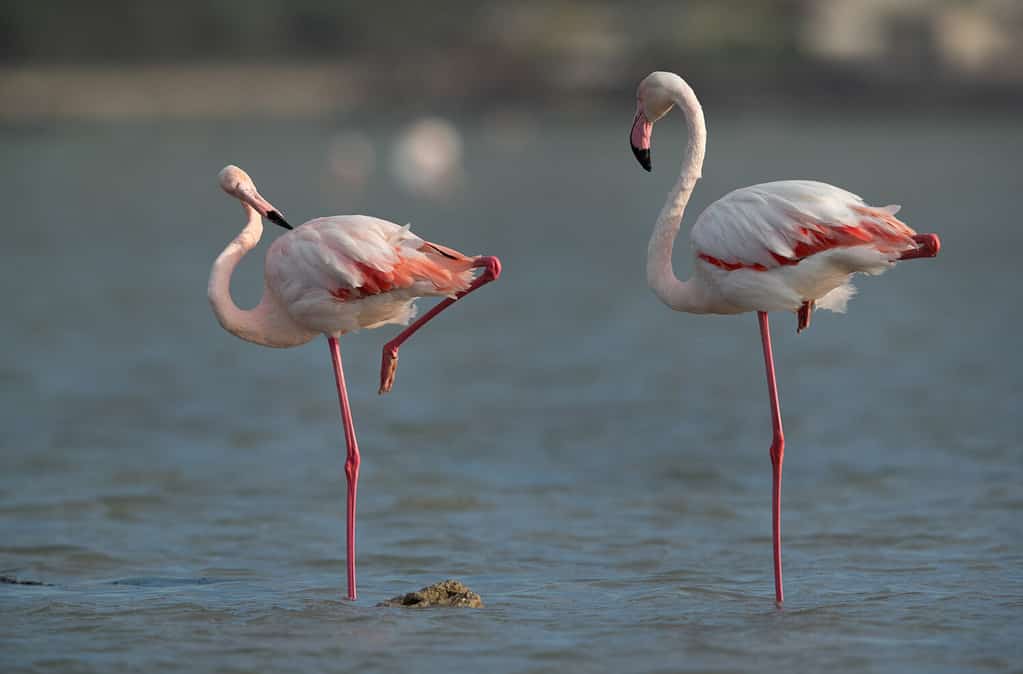
Some animals may alloparent in pairs, like flamingos.
©Dr Ajay Kumar Singh/Shutterstock.com
Flamingos sometimes alloparent together in same-sex pair bonds. Research has found that both male-male and female-female flamingo pairs can provide parental care similar to that of male-female pairs, with both types of pairs successfully raising young, often by adopting abandoned eggs or chicks.
Other birds, like the Greater Ani (a member of the cuckoo family), build large nests that they share with up to four breeding pairs, all of whom incubate and raise the chicks together. Often, older offspring will also help out with the younger chicks.
Not All Alloparenting is Fun
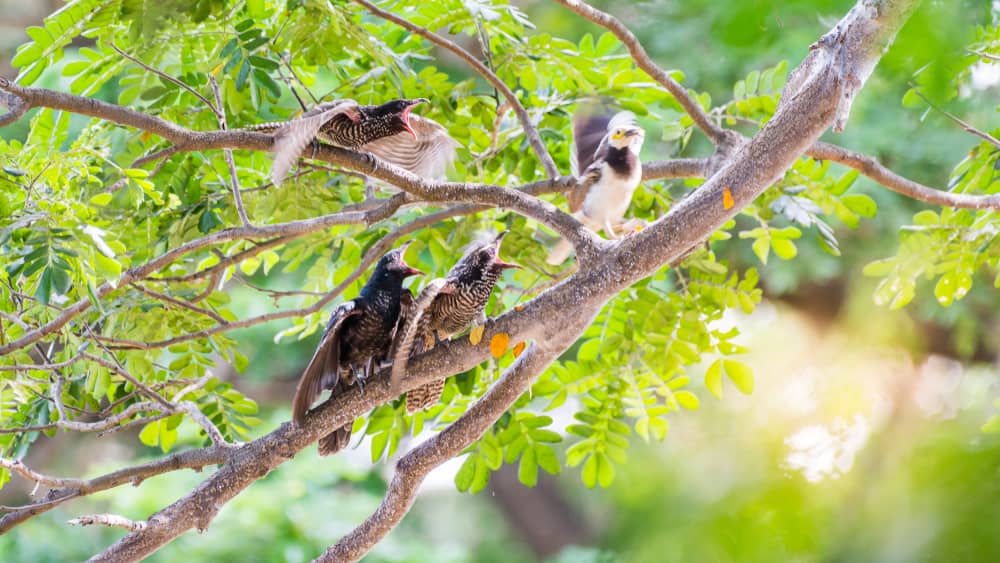
Brood parasites can trick or threaten host birds into caring for their young.
©prachyaloyfar/Shutterstock.com
Sometimes, animals are tricked into alloparenting. For example, Asian koels are brood parasites that infest the nests of other birds to lay their eggs. Because their eggs look similar, the host bird will end up raising the koel’s chicks along with its own. Other times, brood parasites will be aggressive toward the host parents to force them to raise their chicks.
Even though some animals may not want to alloparent, most instances of alloparenting in the wild seem to benefit both the alloparent and the biological parent. Just like in the human world, raising baby animals takes a village!
The post Alloparenting: Why Animals Raise Babies That Aren’t Their Own appeared first on A-Z Animals.
May 04, 2025 at 06:00PMSydni Ellis
.jpeg)
.jpeg)

0 Comments